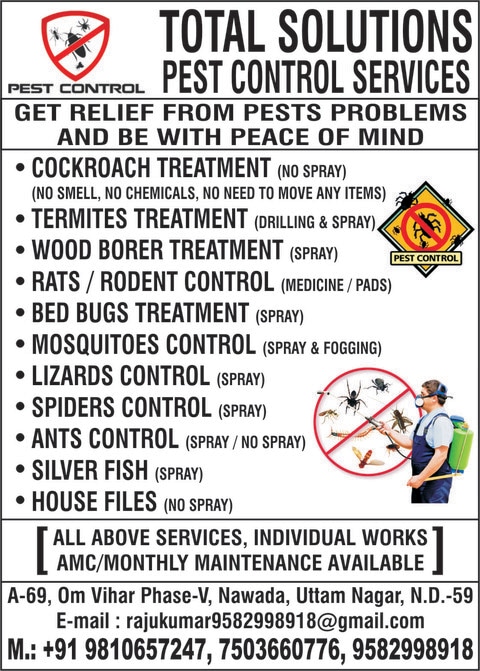

But obviously if they are in a state of physical depletion, then they aren’t in their normal range of capabilities,” says Walker. “People say ‘but this isn’t me!’, ‘I’m not like this’, ‘I can usually do x,y and z’. She also recommends looking for the final tell-tale sign of burnout, which is the unshakeable feeling that the quality of your work is beginning to slip. “Like they don’t have the capacity to engage as much in the ordinary things of life.” “Someone on the brink will probably begin to feel emotionally numbed or mentally distant,” says Jacky Francis Walker, a psychotherapist based in London who specialises in burnout. Or not having the energy to exercise or go for a walk.”Īnother classic sign of inching closer to burnout is cynicism: feeling like your work has little value, avoiding social commitments and becoming more susceptible to disappointment. “So that even if you do sleep well, by 10 in the morning you’re already counting down the hours to bed.

Also watch out for feelings of tiredness that won’t go away. Murray suggests looking out for creeping bad habits, such as increased alcohol consumpution and relying on sugar to get you through the day. “A lot of the signs and symptoms of pre-burnout would be very similar to depression,” says Siobhán Murray, a psychotherapist based in County Dublin, Ireland, and the author of a book about burnout, The Burnout Solution. So how can you tell if you’re almost – but not quite – burned out? But waiting until you’re already fully burned out to do something about it doesn’t help at all –and you wouldn’t wait to treat any other illness until it was too late.

Late last month, the World Health Organization (WHO) announced that the trendy problem will be recognised in the latest International Classification of Diseases manual, where it is described as a syndrome “resulting from chronic workplace stress that has not been successfully managed”.Īccording to the WHO, burnout has three elements: feelings of exhaustion, mental detachment from one’s job and poorer performance at work. Although statistics on the prevalence of burnout specifically are hard to come by, 595,000 people in the UK alone suffered from workplace stress in 2018. Its popularity was explosive, and today burnout is a global phenomenon. Freudenberger defined this alarming new condition as a state of exhaustion caused by prolonged overwork – and borrowed the term ‘burnout’ to describe it. Though they had once found their jobs rewarding, they had become cynical and depressed they weren’t giving their patients the attention they deserved. The clinic’s volunteers were actually struggling, too: their work was intense, and many were beginning to feel demotivated and emotionally drained. However, when German-American psychologist Herbert Freudenberger first recognised the problem of burnout in New York City in 1974, at a clinic for addicts and homeless people, Freudenberger wasn’t thinking of drug users. If you said you were suffering from ‘burnout’ in the early 1970s, you might have raised some eyebrows.Īt the time, the term was used informally to describe the side effects that heavy drug users experienced: the general dimming of the mental faculties, for example, as was the case with many a party animal. This story was originally published on 11 June 2019.
#CLOSED TO XEE HOW TO#
To help provide insight on how to manage this, BBC Worklife is updating some of our most popular productivity stories from our archive. With offices closed in nations around the world, many of us are grappling with how to stay productive and on task as we work from home.


 0 kommentar(er)
0 kommentar(er)
